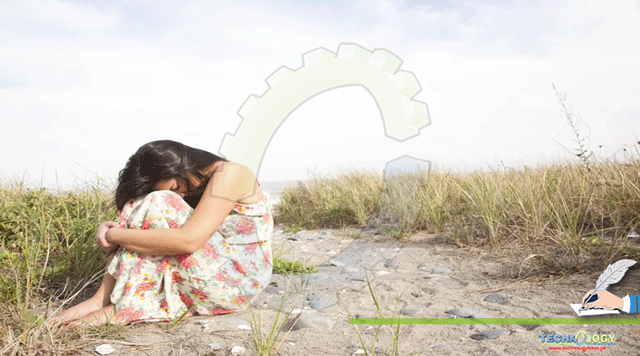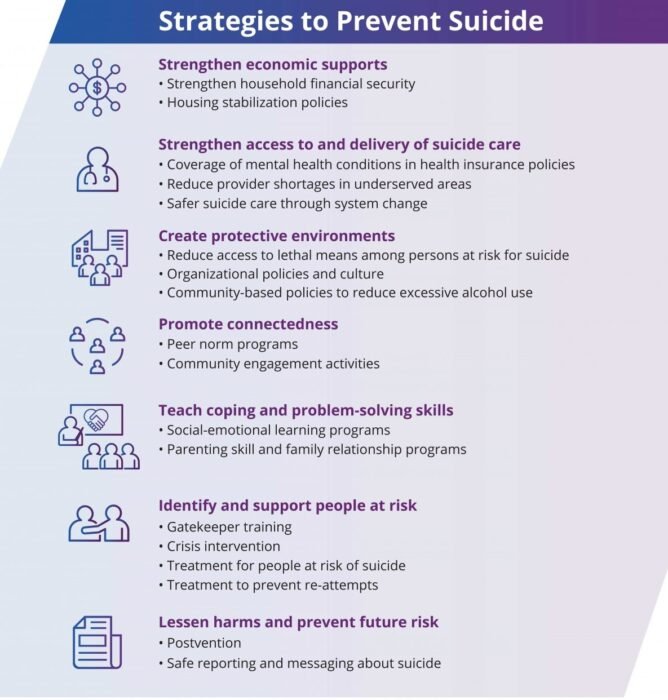What are those touchy moments, when a human being surrenders to all the blessings and arguments of living a life? Many argue that, once you are left with zero choices, it is better to die with dignity.

By Prof Dr Abdullah G Arijo
West (modern world) has a different approach that has led them to go with the slogan “Dying with dignity” as a movement that promotes the ability to meet death on your terms. Dying with dignity involves offering options to terminally ill patients, other than just waiting for the illness to kill them slowly. There are two major ways to die with dignity i.e. suicide and euthanasia.
Death with Dignity is an end-of-life option that allows certain terminally ill people to voluntarily and legally request and receive prescription medication from their physician to hasten their death in a peaceful, humane, and dignified manner and this is governed by state legislation, where it is in practice.
Ours is a society, however, where life is always considered a gift of God, no matter a living person has lost its utility for the family. The least we expect for justification is linked with blessings that are begged by an elderly person who in his last moment of life becomes a liability.
Suicides represent some 0.9% of all deaths. Pakistan’s death rate, as given by the World Bank, is 7.28 per 1000 people in 2016 (the lowest rate in the 2006-2018 period). In 2015, the suicide rate in Pakistan was approximately 1.4 deaths per 100,000 inhabitants, one-seventh of the global average.
Suicide, an act of killing oneself voluntarily and intentionally, is quite prevalent in low- and middle-income countries and is the second leading cause of death among young people (15-29 years of age).
Pakistan is among the few countries of the world where attempting suicide is a criminal offence with imprisonment of up to one year or with a fine or with both, according to Section 325 of the Pakistan Penal Code. In so many countries of the world, depending on the reason, regulations exist that provide an opportunity to opt for dying with dignity.
Once a person is at the terminal stage of his life expectancy, and his survival is medically declared impossible, s/he may be subjected to a merciful death to get him peace for his last moments, but it is too hard to even think of merciful killing unless a person breath his last.
In recent days, the intensity of suicidal attempts has been seen to increase. In Pakistani society, a concrete reason behind this developing trend may not be worked out. It’s often difficult to imagine what led a person to commit suicide. There may have been no clear warning signs, and you may wonder what clues you might have missed. Often, many factors combine to lead a person to the decision to take their own life. It’s often an act made during a storm of strong emotions and life stresses rather than after careful consideration.
While numerous aspects can affect a person’s verdict to commit suicide, however, the most common factor agreed upon is Depression of the severe sort. Depression can make people feel great emotional pain and loss of hope, making them unable to see another way to relieve the pain other than ending their own life.
This has also been associated with Traumatic Stress. An experience like childhood sexual abuse, rape, physical abuse, or war trauma, is at a greater risk for suicide, even many years after the trauma.
Life is all about rewards and punishments. Good deeds always earn and those that are bad may put you in a fearful situation that can be so severe that one can’t sleep well for fear remains dominant all around. “Loss or Fear of Loss” is a highly convincing factor under which a person may decide to take their own life when facing a loss or the fear of a loss. Some known factors may be These situations can include, Ending a romantic relationship or close friendship, losing a job or being unemployed and unable to find a sufficient source of steady income, financial problems, losing social position, losing your living situation due to financial reasons or the ending of a relationship, academic failure, losing social or family acceptance due to revealing your sexual orientation, bullying, shaming, or humiliation, including cyberbullying, being arrested or imprisoned.
In Pakistani society, adolescent suicide is a growing trend and it possibly tends to come from disturbed family backgrounds, frequent parental absence, social isolation, severe depression, alcohol and drug abuse, immature personalities, poor impulse control, mental illness, guilt, anger and hostility, hallucinations that tell them to kill themselves, guilt and shame over an out of wedlock pregnancy and many more factors aimed at escape the pain and shame.
Besides all the above-mentioned factors, certain health issues multiply the suicidal act and include Asthma, Back pain, Brain Injury, Cancer, Congestive heart failure, Diabetes, Epilepsy, HIV/AIDS, Heart disease, High blood pressure, Migraine, Parkinson’s disease (Ref: Nancy Schimelpfening, March 2020).
Of all socio-biological factors, the worst one is depression of any sort. Depression is treatable and most people see improvements in their symptoms when treated with medication, psychotherapy, or a combination of the two.
But treatment should be individualized. What works for one person might not necessarily work for another. It’s important to talk to your physician and treatment team about which options may be most effective in reducing your depression.
When a person attempts suicide, this isn’t necessarily a sign that they want to die. Instead, it’s an indicator that they are in great emotional pain, but don’t know how to deal with it. Suicide has started to look like their only option to escape a situation that they don’t know how to handle. If they are still alive, however, they are desperately seeking an alternative to death and attempting suicide may be their way of reaching out and saying that they need help.
In Pakistan, there is a dire need to look at the reasons for the increase in suicidal attempts and to educate the masses to avoid this act that ends at the end of life.
